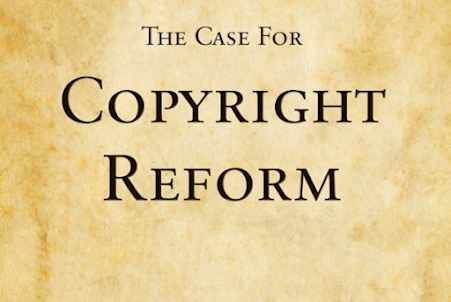Weekly Topics - Week 5: Computers and Law I

Book cover In this week’s assignment we’re reading Chapter 2 from the book “The Case for Copyright Reform” by Rick Falkvinge and Christian Engström. I’m going to write some thoughts about Chapter 2 and its ideas. The Chapter 2 “A Constructive Proposal for Copyright Reform” suggests some ideas for a copyright reform. It states that a big problem is the privacy. It is near impossible to enforce limited file sharing without surveilling everybody’s private communication. But that can’t be the solution: “The right to privacy is more important than the right of big media companies to continue to make money in the same way as before, because the latter right does not even exist.” The text goes on with the proposals of the political party. I strongly agree with the first proposal called “Moral rights unchanged”. It says that the moral right of the author should always stay with the author. It shouldn’t be possible so sell the moral right. I actually learned about that in my home ...


